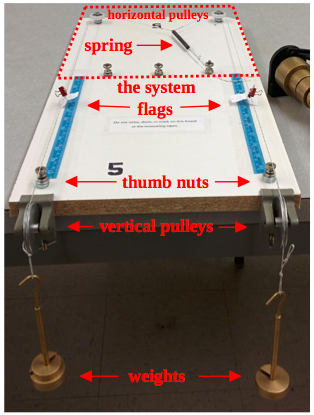Understanding both difference (how far apart two values are at one time) and change (how far apart the value of a single parameter is at two different times) is necessary for understanding derivatives.
One can view $\frac{df}{dx}$ as approximately given by a fraction where $df$ is a small change in $f$ and $dx$ is a small change in $x$.
The value of the derivative at a point on a curve can be approximated by the slope of a line secant with the curve near that point.
Technically, the derivative is a ratio of small changes in the limit that the change in the denominator goes to zero: $\frac{df}{dx}=\lim_{h \rightarrow 0} \frac{f(x+h)-f(x)}{h}$
One of Zandieh's process-object layers for derivatives is that derivatives are functions. This means that the value of a derivative depends on where in the domain of the function one is looking. The derivative of a function is itself a function, with the same domain as the original function. Both the (derivative) function and the value of the derivative at a point are commonly referred to as "the derivative."
When taking a derivative of a multivariable function, it is possible to consider a simpler situation in which some of the variables are considered to be constant.
Derivatives of multivariable functions can be found by holding one or more variables constant (subject to physical limitations).
FIXME: Is this really a statement about paths? I don't think we have path-related concepts.
FIXME
